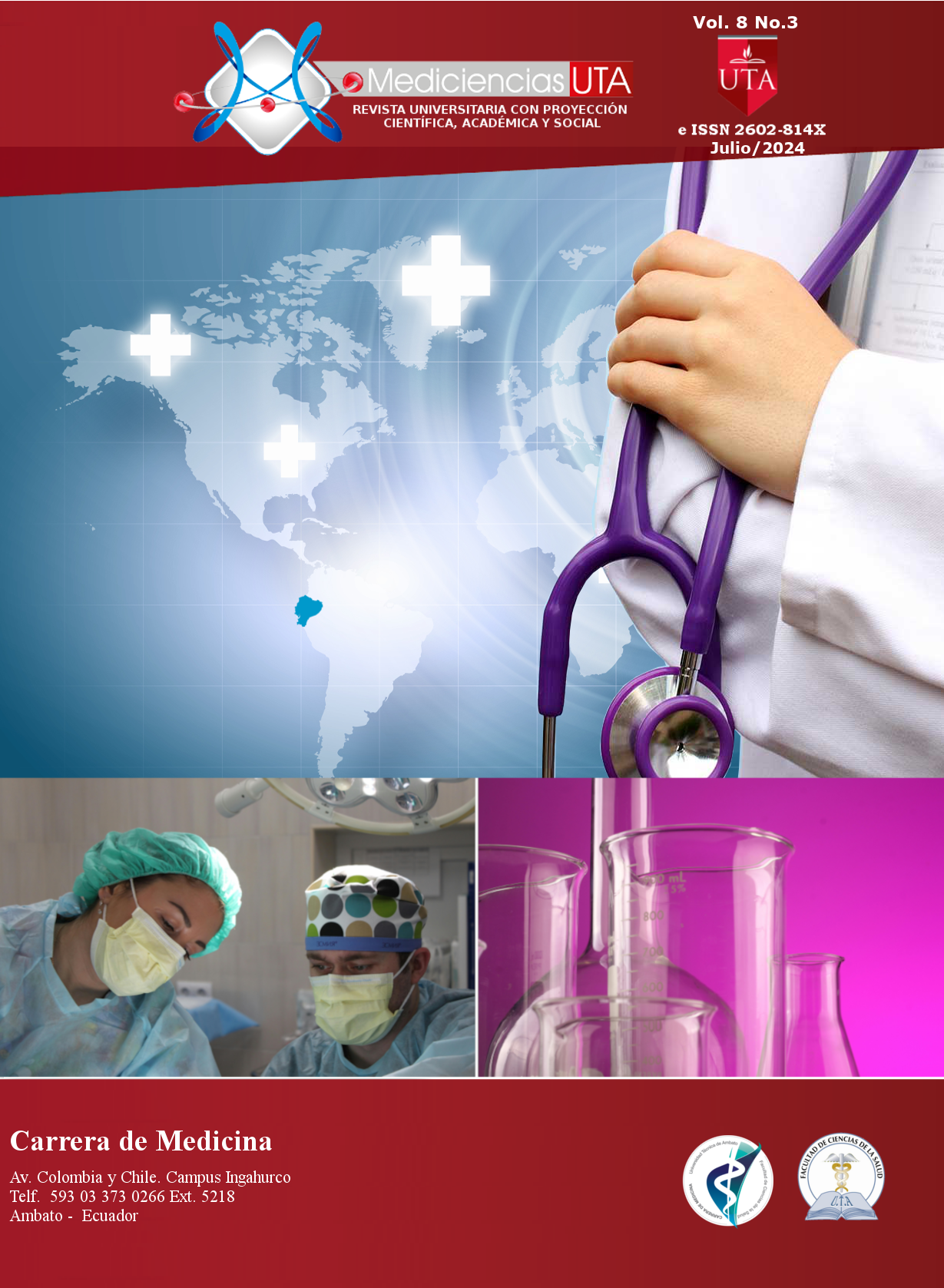Fentanyl poisoning
Main Article Content
Abstract
Introduction: Fentanyl is a synthetic opioid 100 times stronger than morphine and 50 times more powerful than heroin, widely used in the postoperative period and in advanced stages of cancer. Currently, different pharmaceutical forms can be found which quickly allow their illicit manufacture and distribution in illegal drug markets, which is why there is an exponential increase in cases of poisoning and hence the importance of recognizing it to act appropriately. effective. Objectives: analyze the importance of recognizing fentanyl poisoning through an exhaustive bibliographic review in order to act effectively during the emergency. Materials and Methods: a bibliographic review was carried out whose search method was the use of the logical operators AND, OR and NOT in search engines such as Google Scholar and Pubmed. Likewise, indexed databases were investigated: Scopus, Web of science, Elsevier; and in regional bases: Scielo, Redalyc, Dialnet, during the period from October to January 2024. The inclusion criteria include documents in Spanish and English, the majority of which have been published within the last 5 years with a great scientific impact. Of the 45 preselected articles, 35 studies compiled from the library of the Catholic University of Cuenca “Rafael María Arizaga” were filtered. Results: the risk factors are analyzed based on their illicit manufacture, having a greater risk due to their quality, since they are not usually administered in exact doses, so calculation errors are common and turn out to be lethal; From the clinical picture, pupillary constriction, decreased consciousness, euphoria, sedation, drowsiness, headache, constipation, dizziness, vomiting, nausea, respiratory depression, etc. were evident; The non-pharmacological treatment consists of stabilizing all intoxicated patients, it begins with life support management, for its part, in the pharmacological treatment, an intravenous parenteral route is established for the administration of naloxone, the dose being the suspected poisoning in non-dependent adults. to the drug 0.4 mg I.V followed gradually by 2-10 mg every 3-5 min. Conclusions: from the research it was possible to analyze fentanyl poisoning, in which it was shown that a good diagnosis and concomitant factors are crucial to differentiate it from other toxisyndromes, in order to provide optimal treatment for the patient. Regarding the limitation, Ecuador does not register poisonings due to fentanyl for recreational use, which is why there is little information for doctors, which limits their detection capacity, so it is recommended to evaluate the impact of this factor.
Keywords: "INTOXICATION", "FENTANYL", "OPIOID", "DIAGNOSIS", "MEDICINE", "HEALTH", "PHARMACOLOGY".
Downloads
Article Details

This work is licensed under a Creative Commons Attribution-NonCommercial-ShareAlike 4.0 International License.



